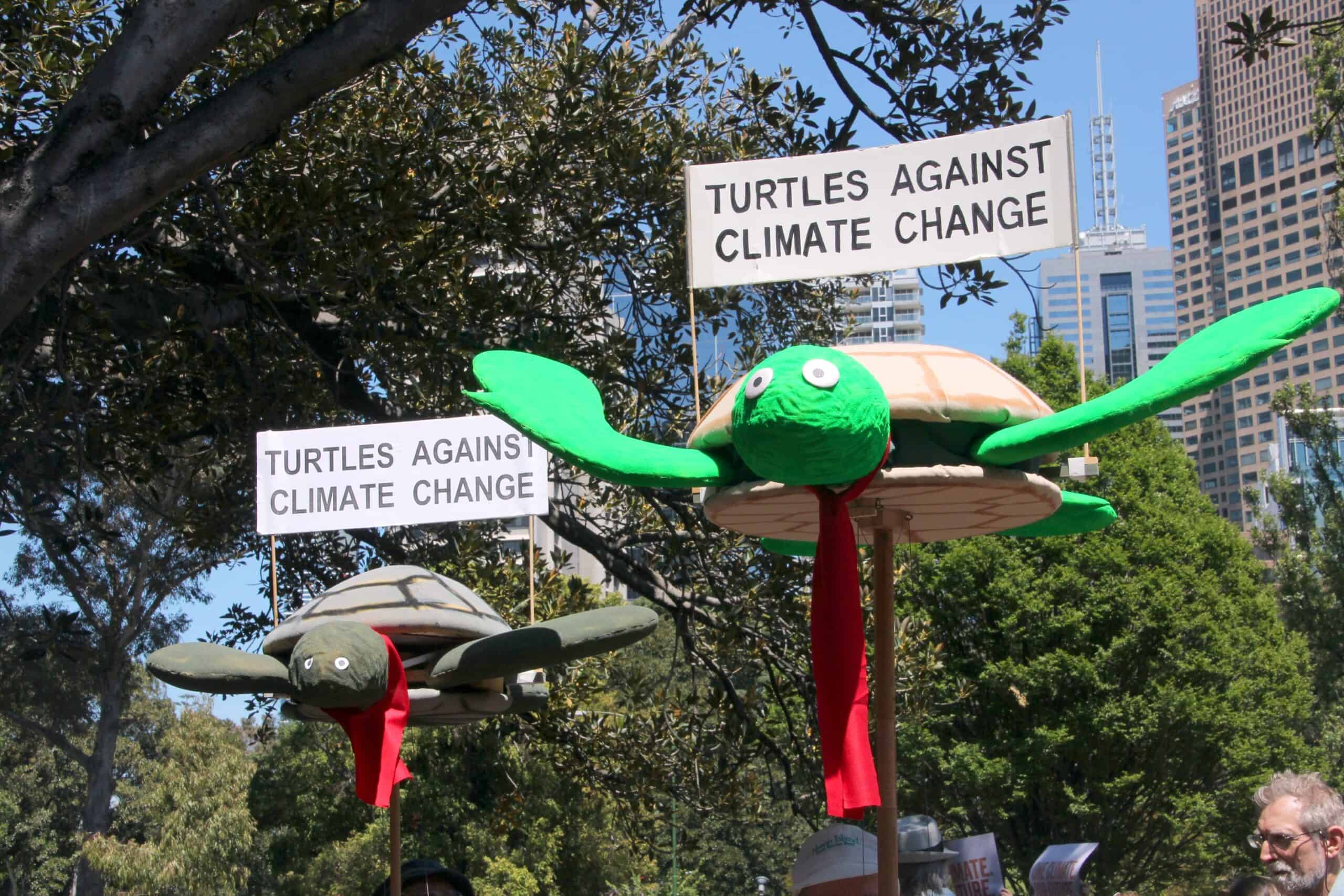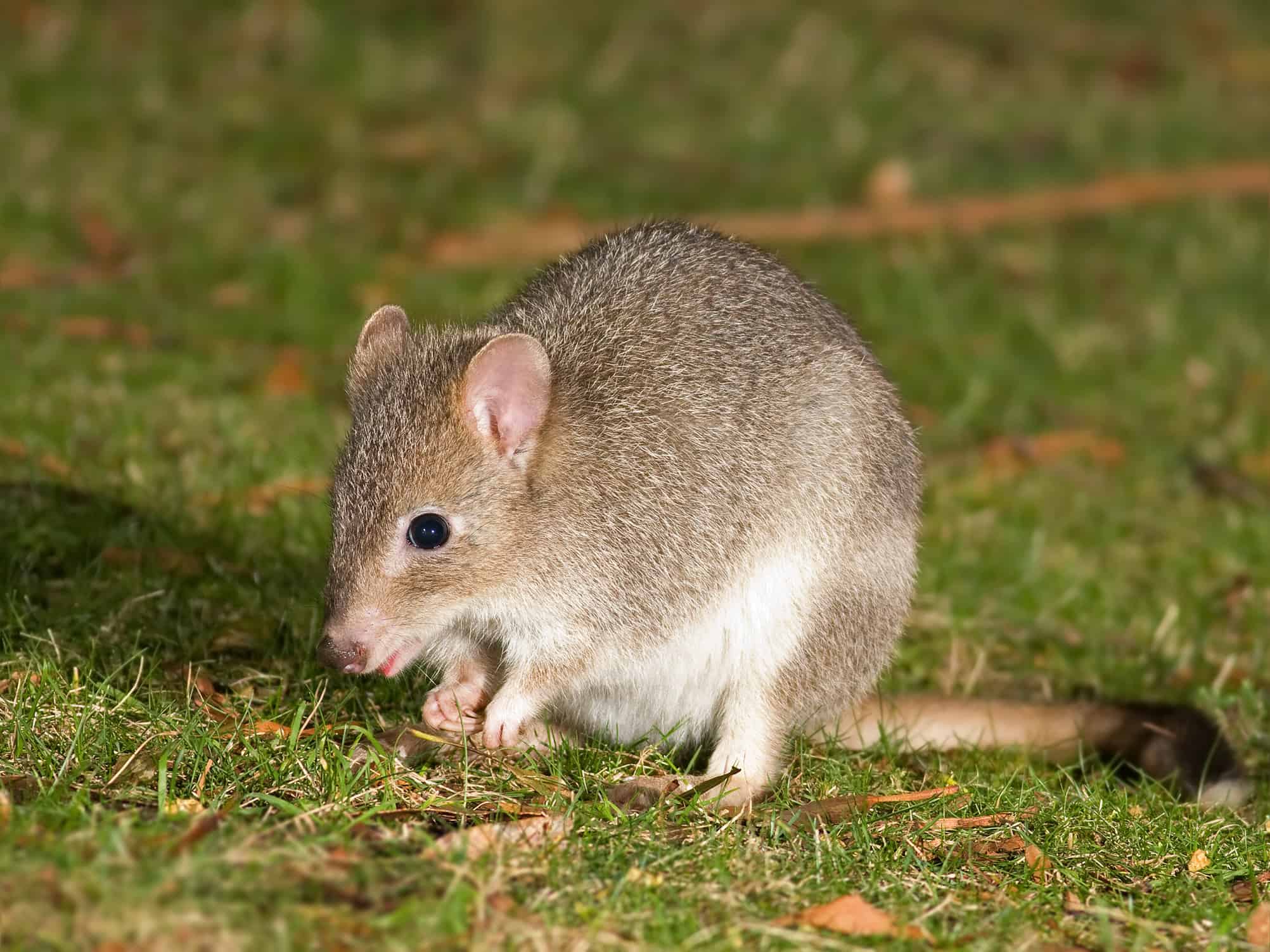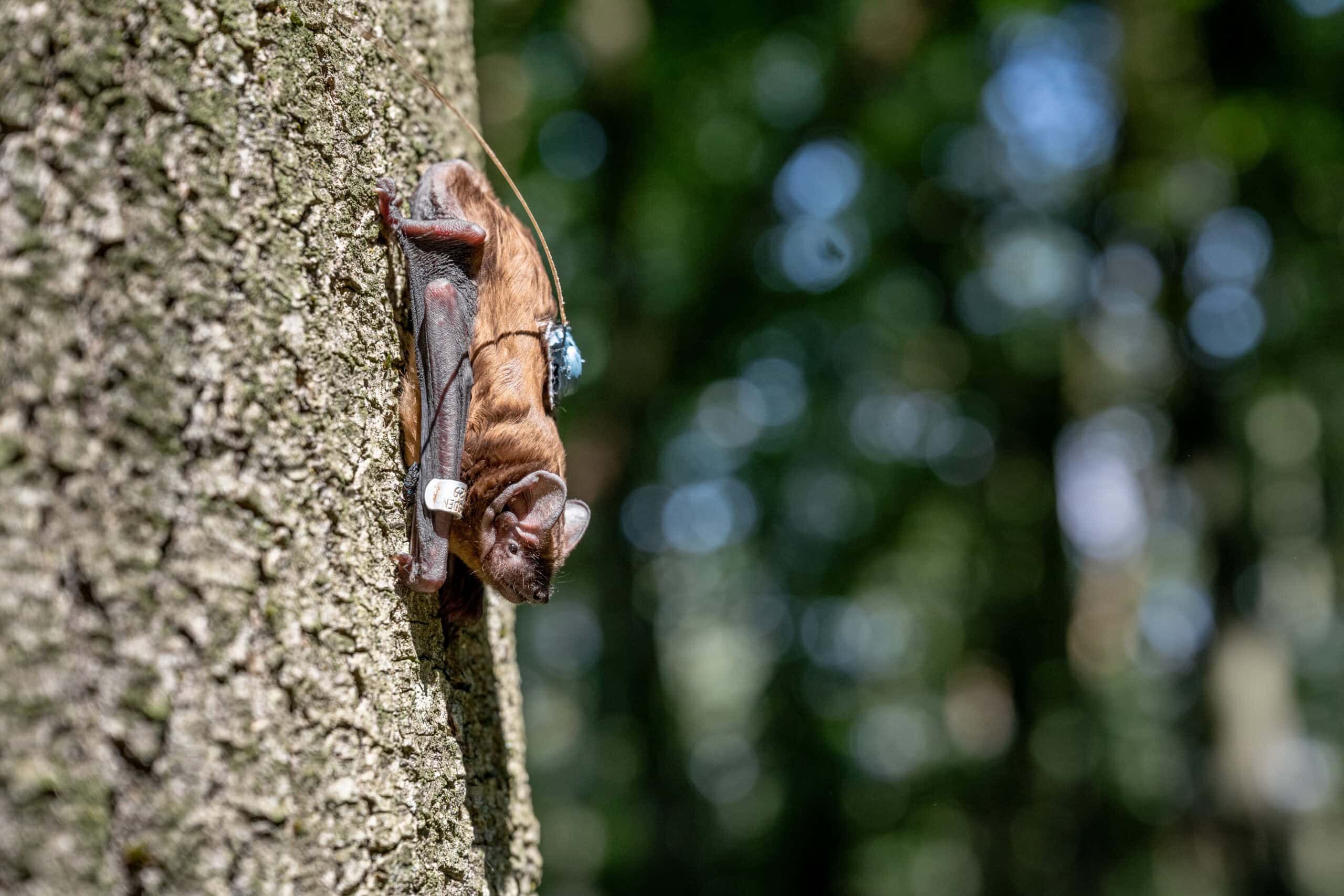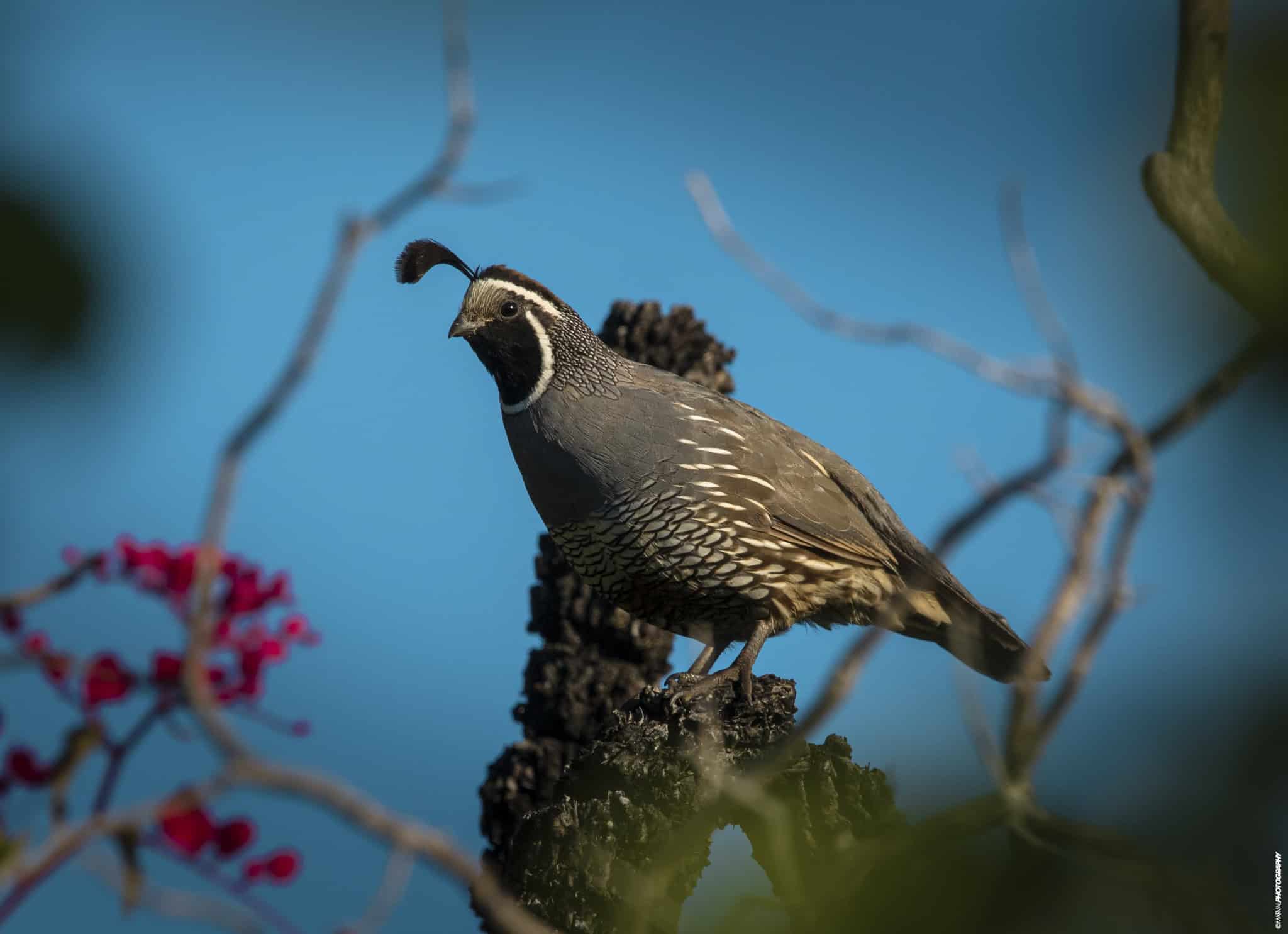
National Quail Symposium partners with WSB
Submissions now open for 2027 meeting

Best contributed article goes to ‘Teaching Statistics-Savvy Ecologists’
Magazine piece delves into the challenges and needs of statistics training for wildlife students
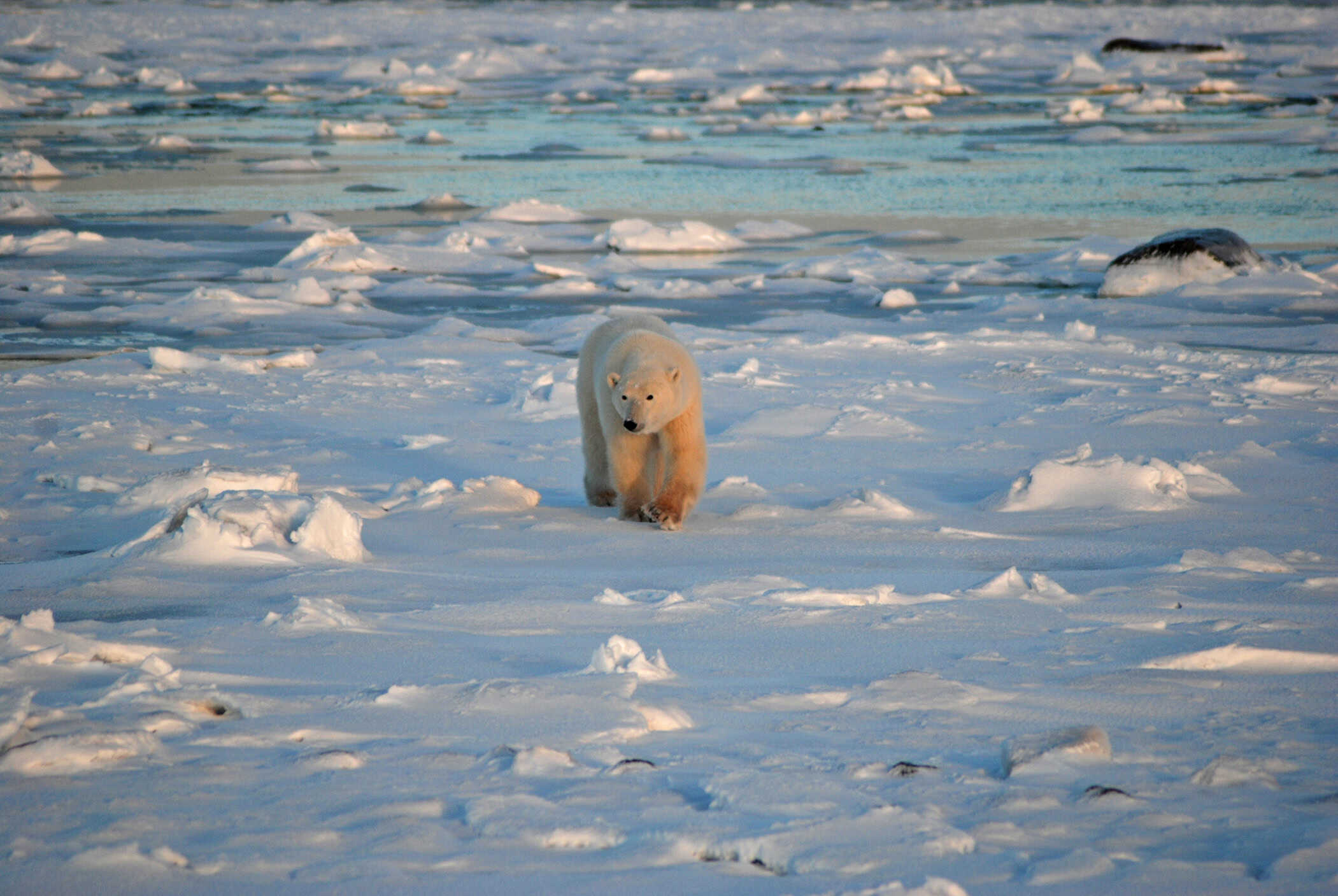
TWS2025: Polar bears’ leftovers feed the Arctic
Leftover carrion from polar bear kills is a hearty meal for the region’s scavengers


Biologists identify new gecko in Madagascar
The lizard was found within biodiverse community-managed forests and may deserve IUCN listing

Life creeps in the haunted habitats of cemeteries
Cemeteries focused on conservation are providing animals with a new resource in urban areas
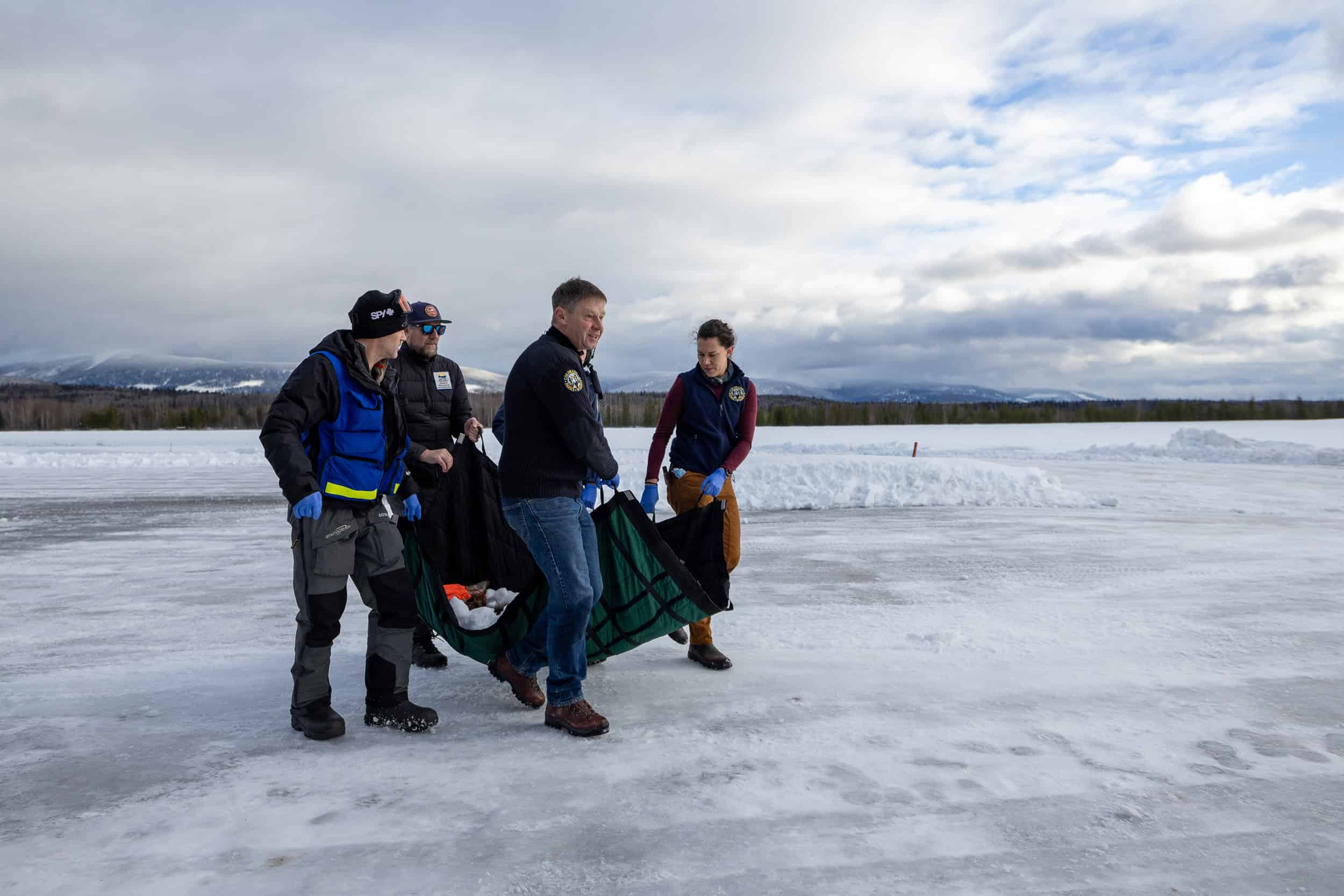
LISTEN: The Colorado gray wolf reintroduction effort
How does a voter mandate become a wolf reintroduction program?

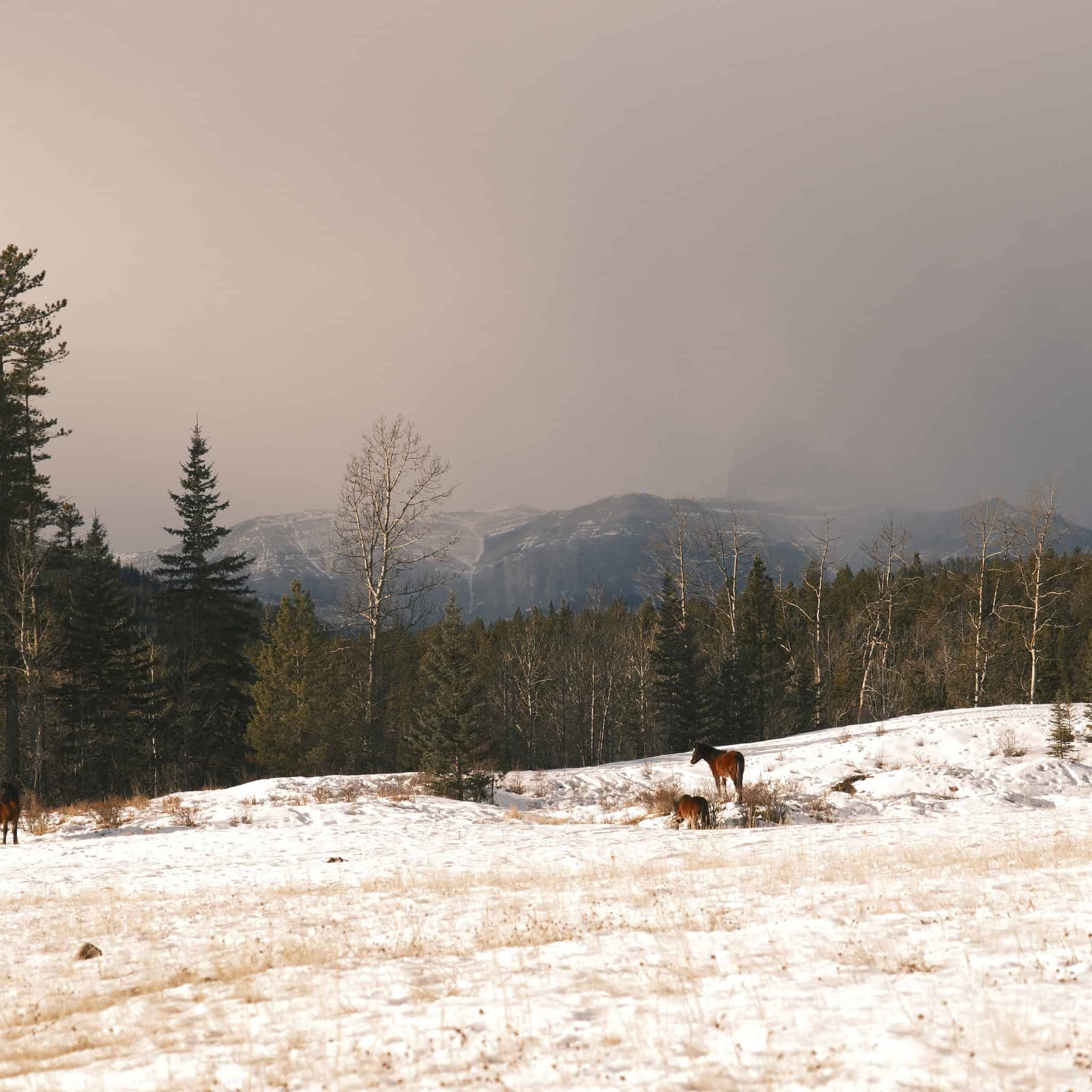
TWS2025: Feral horses out-eat Alberta ungulates, cattle
As an additional prey item for wolves, bears and cougars, equids may artificially boost predator numbers in the area
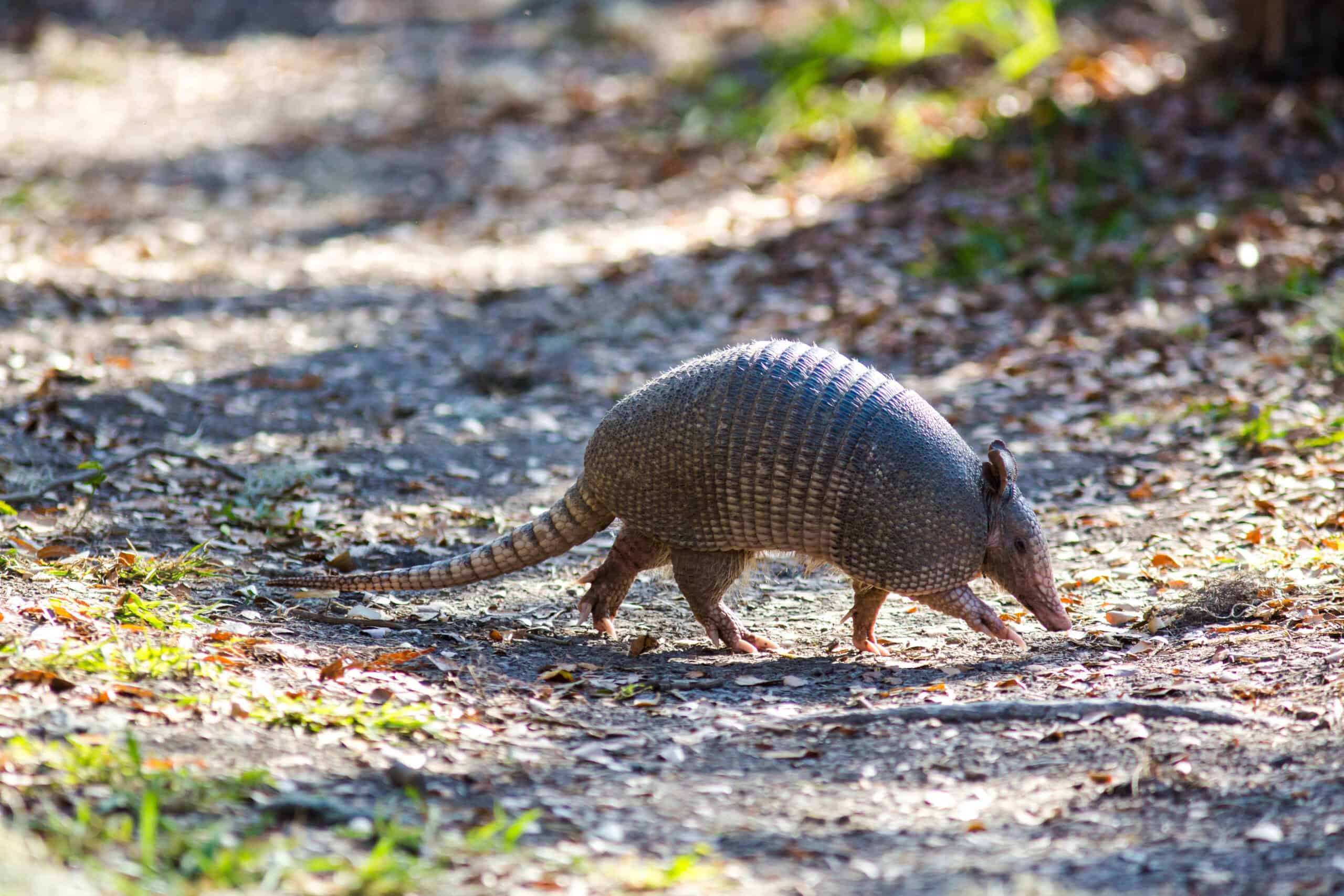
Are expanding armadillos a problem?
Overland and underwater, Armadillos have expanded their range in the past ten years
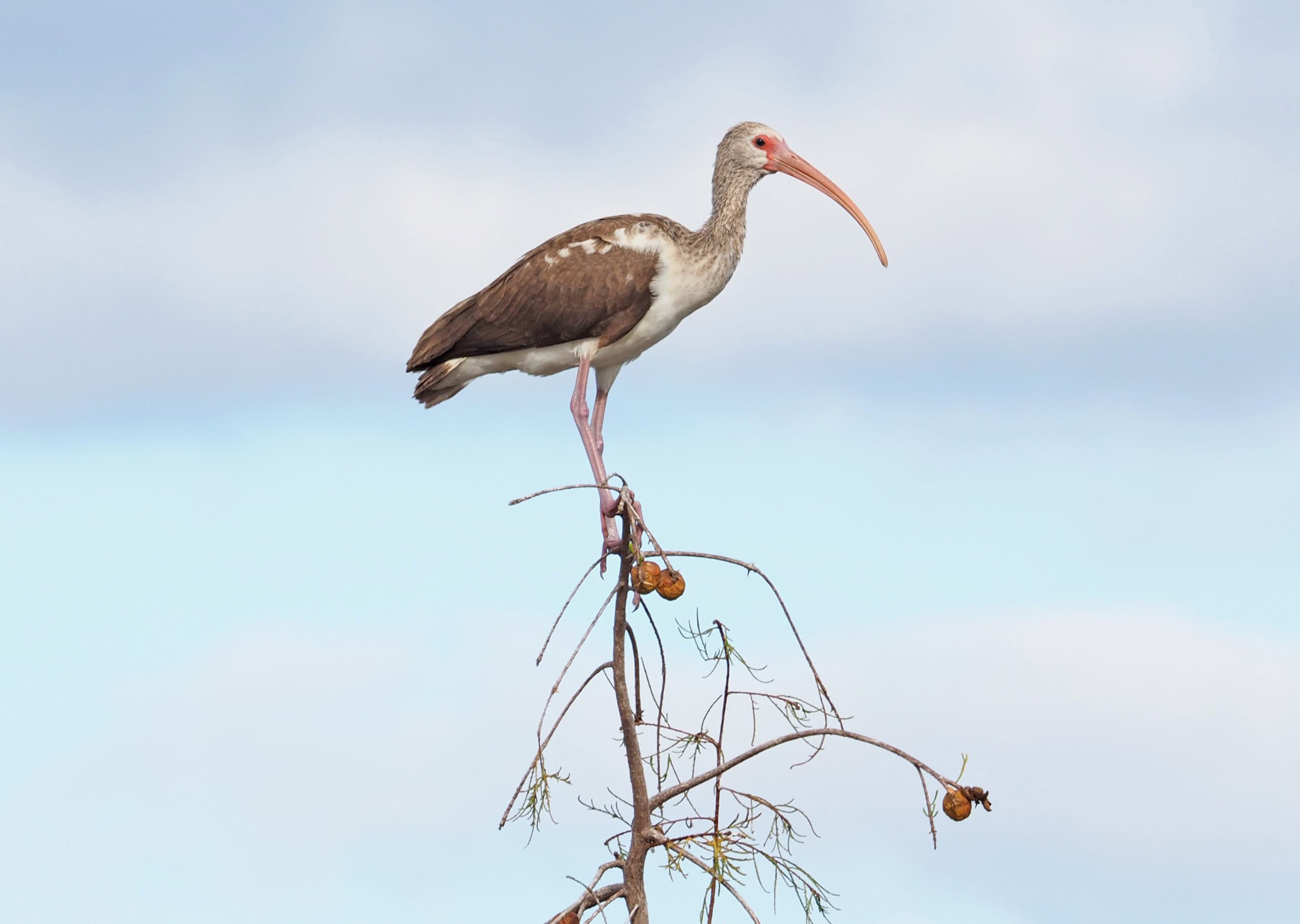
Government shutdown prevents Alligator Alcatraz closing
The Trump administration requests legal pause due to federal shutdown and the furlough of attorneys





